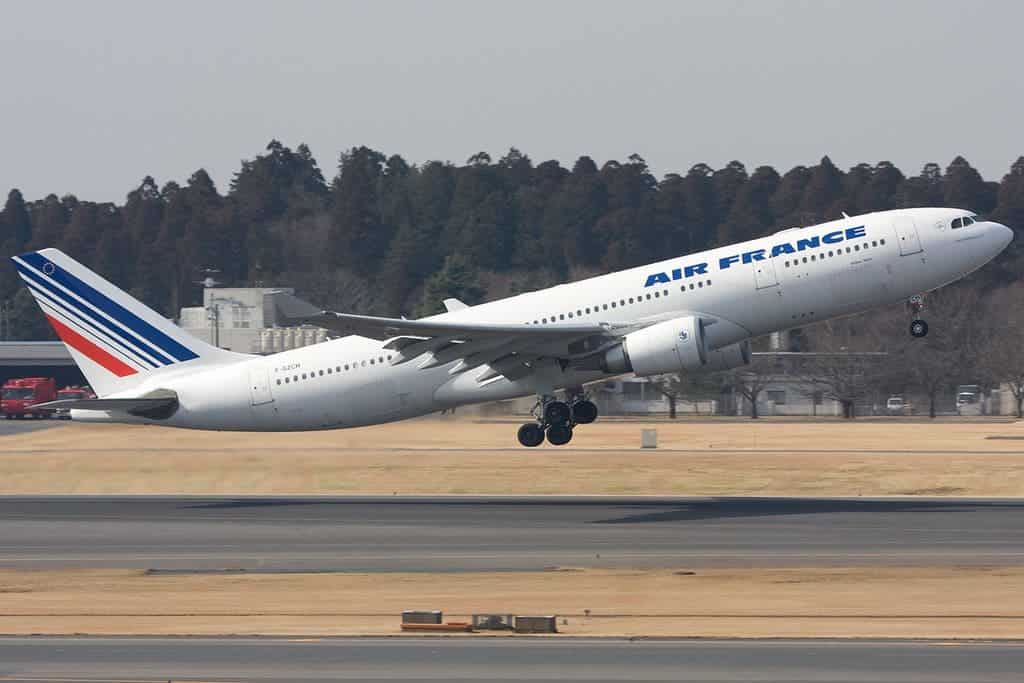France wants to encourage people to start taking the train instead of a flight as a way to bring down greenhouse gas emissions from transportation. As a first step, the country will shut down flights between Paris Orly airport and Nantes, Lyon, and Bordeaux, but more routes could follow as new high-speed rail lines expand in France and the rest of Europe.

When first announced, the plan was contested by the Union of French Airports (UAF) and the European branch of the Airports Council International (ACI Europe). This led to an in-depth investigation by the European Commission into whether it could go ahead or not. The commission has now given the green light to start with the three routes.
The EU said France was justified to introduce the measure provided it’s “non-discriminatory, doesn’t distort competition between air carriers, isn’t more restrictive than necessary to relieve the problem.” If rail services improve, three more routes could be added between Paris and Lyon and Rennes, and between Lyon and Marseille.
The ban will be valid for three years, after which it has to be reassessed by the European Commission. France’s Transport Minister Clément Beaune described this as a “major step forward” in the country’s policy of reducing greenhouse gas emissions, while environmental NGOs said this was a “baby step” but one in the right direction.
French lawmaker for the Green Party Karima Delli said while this was a victory the legislation should have been extended to cover all flights that could be replaced by a four-hour train journey. That was the original idea for the flight ban when proposed by the Citizen Convention on Climate, an assembly tasked with making climate proposals.
Emissions of the airline sector
Policy actions and efforts of the airline industry have led to some improvements over recent years in the carbon footprint of the sector. However, these benefits have been outpaced by significant growth in air traffic, with passengers now flying on average 60% more than a decade before — a trend that is expected to continue over the years.
In the EU, emissions from the aviation sector account for about 4% of total CO2 emissions. The sector creates 14% of the emissions from transport, making it the second largest source of emissions after road transport. But the problem goes way beyond the EU: if global aviation were a country, it would rank in the top 10 emitters. However, the EU, a relatively compact and urbanized region, is probably the best to replace flying with trains.
France has said an EU-wide action is the best way to tackle the problem instead of country-based measures. That’s why they will push for the issue to be discussed at an upcoming European transport ministers’ meeting in October. In the meantime, the government is tackling emissions from other transport sectors, including private cars. Whether or not other countries will agree and implement similar measures or push for European legislation remains to be seen. Quite a few European flights, even international flights, could be replaced by trains comparable in duration (when also including the airport waiting time and transfers).
Meanwhile, French citizens are being encouraged to trade their cars for electric bikes, with a $4,000 grant available from the government to low-income households in low-emission zones to subsidize the switch. Wealthier citizens are given smaller amounts. The aim is to have 9% of the country on two wheels by 2024, compared to the current proportion of 3%.


